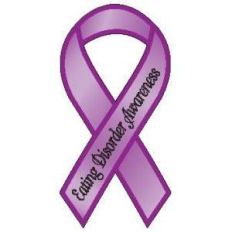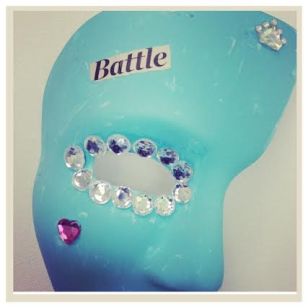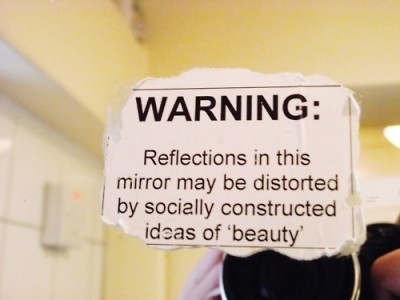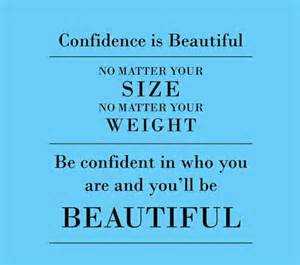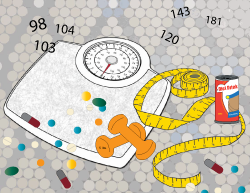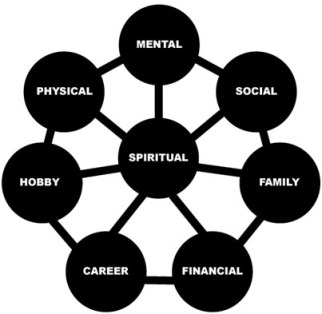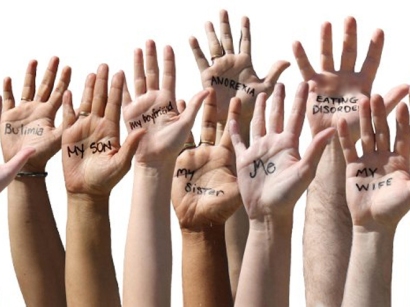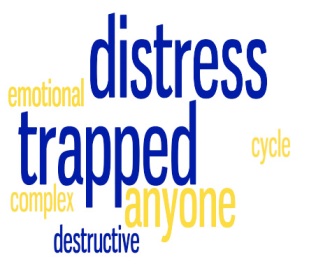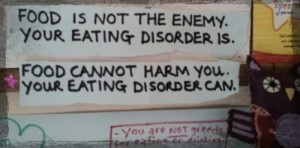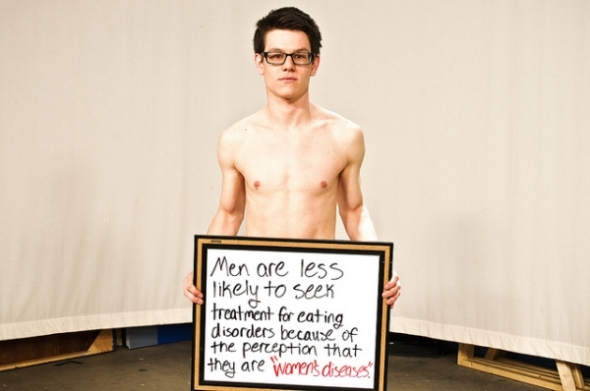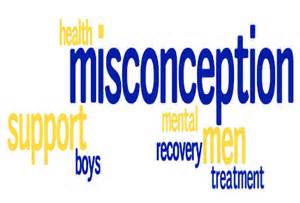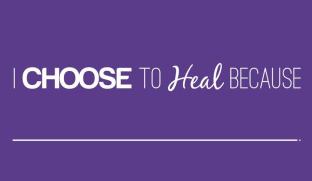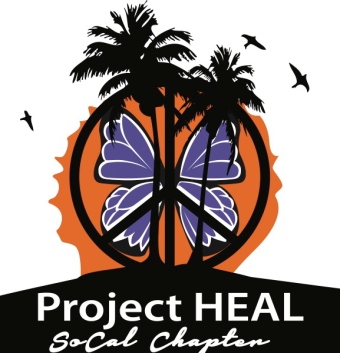I have been working in the field of mental health for several years and throughout my experience I witness more and more the power our minds and our thoughts truly have. I am in awe each day at how truly powerful our thoughts affect almost every part of our lives. The power and magnitude one thought can have and the direction it can take one person on is truly astounding. How one thought can directly influence our perceptions, our emotional states and the paths in life we choose to take. It can take one experience, one comment, one person to evoke a thought which then evokes a feeling or belief and in turn influences our actions. The power of our thoughts can guide us down a road of strength, empowerment and positivity or down a road of despair, defeat and self destruction. Often times we overlook and minimize the magnitude of just how powerful our minds and thoughts truly are.

A lot of the work I do is helping people to identify the positive as well as negative thoughts they feed and give power to each and every day. To identify how their thoughts affect them in multiple areas of their lives. Often times we don’t realize we have the power and strength to choose which mental road we travel down. To often we are fueled by impulse and reaction that we don’t stop and think to question which road we choose to travel down. Do we travel the roads which are helpful with positive thoughts and solutions or do we find ourselves lost and wondering down the road of negative and unhealthy thinking, feeling lost, fearful and trapped?
Listed below are some of the different roads of wrong thinking that have some of the deepest impact, that a lot of people find themselves lost in.
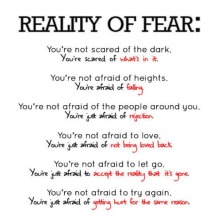
1.) The Road of Fear and Anxiety: “Expose yourself to your deepest fear; after that, fear has no power, and the fear of freedom shrinks and vanishes. You are free.”
― Jim Morrison.
Fear and anxiety have the power to stop many people in their tracks and leave them feeling confused, scared and looking for a way out. Fear can get in our minds and hold us back from where we are meant to go and our destiny. How often have you found yourself trapped in fear and anxiety? Better yet how often did you come to find out that the fear and anxiety was caused by being wrapped up in what you thought would or could happen and not in what was actually the reality of what was happening. Fear and Anxiety can be a sign that there are thoughts and feelings that we are not paying attention to. It can be a signal or an alert that something is going on within us that needs to be addressed. So often fear and anxiety is something that we try to block, numb or not look at because it can feel too overwhelming. The road of fear and anxiety can take people into a dark isolating place or lead them to seek alternative escapes. That is why when fear or anxiety comes up it is best to take time out so you can physically calm down. A moment to ask yourself, what do I need to look at? What is triggering my reaction at this moment? What evidence do I have that my fears or anxieties are true? There is an alternative road to choose and that is the road of introspection and curiosity. To feel safe enough to work through fear and anxiety instead of running away from it can help people realize that they don’t have to succumb to the fears and anxiety they experience. It’s impossible to think clearly when you’re flooded with fear or anxiety. When we can work through fear, when we can face anxiety, then we can work to find ways to cope and help manage anxiety the more confidence begins to develop in ourselves and in our ability to move forward and face the things in life we once avoided.
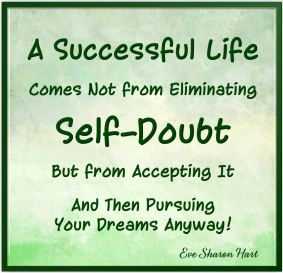
2.) The road of doubt and lack of trust: “When you doubt your power, you give power to your doubt.” ~Honore de Balzac
How often does self doubt and an inability to trust ones self affect the way you look at making decisions and how you feel about your capabilities? For many people their inability to trust in themselves can create distress and self doubt. The voice of self doubt can be an overpowering voice that has the power to hold you back. They create thoughts and feelings that keep people from going after things in life, seizing opportunities and keep them from fulfilling their potential. I see many clients struggle with doubting themselves and who they are and in turn have gone down a road of self sabotage, avoidance and running away when they are unsure of people, places and opportunities. Often times people seek outside sources for validation and reassurance, hoping someone else will know what we should do or the decisions we should make. When you doubt yourself it further affirms the lack of trust and confidence in yourself. That is why a lot of the work I do with clients is to identify the messages sent to them about who they are and their capabilities. Whose voice is truly speaking to them and what messages are influencing and guiding the road they embark on? The more you can take a moment, stop and pay attention to what voice you are listening to, the more you can one day separate the voices of others from your own voice within. Once we can gain awareness and trust in our intuition, identify what it is telling you and where it is leading you then you can begin to go down the road of confidence and assuredness of who you are and the decisions you make.
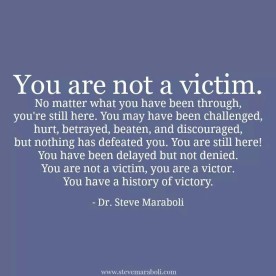
3.) The Road of Victimization- “How would your life be different if…You stopped validating your victim mentality? Let today be the day…You shake off yourself defeating drama and embrace your innate ability to recover and achieve.”~ Steve Maraboli
One of the biggest types of thinking that I see hold people back is victimization. The belief and feeling that no one understands you or what you have been through. The fear that after so much pain if you open yourself up to the world or people you will get hurt. The belief that you have no control over your life. This mentality allows room to dwell in sadness and self pity which untimely leads to no where. When we identify ourselves with a victim mentality we allow that to be our identify and box us in. In many cases the experiences people have had carry so much pain and torment it is hard to fathom how anyone could ever understand so we limit ourselves with people and in life. In turn this type of thinking can become a defense mechanism that feels safe and secure. There comes a point however when too many walls are built and defenses are up that we are blinded to see that there are people who care enough to want to support and lift us up. I heard an amazing quote that resonated very strongly with me, ” The victim mindset will tell you all the reasons why you cannot. A victor mindset tells you all the reasons you can.” – Ben Prescott. When we identify ourselves as a victim and live in fear it leaves room for resentment, anger or bitterness to take over. We give power to the things that hurt us. In time if we allow ourselves to process, to face and to work to heal from the people, places and circumstances that wounded us then the path becomes much more clearer. We have the ability to create a new story, a new role, a new mindset a chance to ask ourselves, Do I walk down the path of continued victimization or do I walk down the path where I now can become the victor from my pain. To choose the path of a victor is to choose a path that leads to hope, healing and freedom.
Listed above is just a few of the many different ways our thought process and ways of coping influence our perceptions, thoughts and actions. It starts with awareness and taking one small step towards change at a time, a step towards new behaviors, new actions, new thought processes and a step towards a new path. Once there is awareness then we can work to find compassion for ourselves, strength, hope and work to walk towards the roads of healing and positive thinking.




